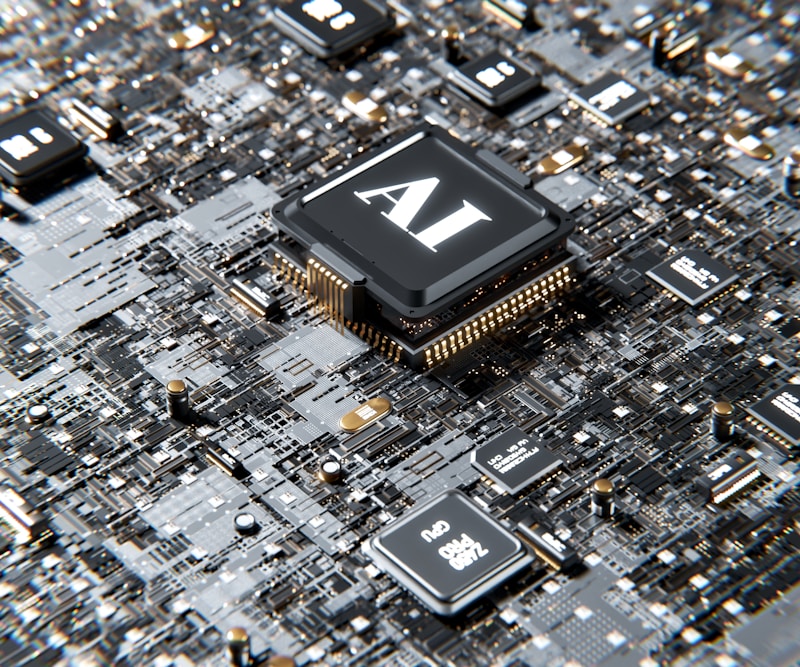Computer Basics Quiz

Which of the following are the basic principles of processor classification?
How is processor speed measured?
Which device applies a magnetic hard disk?
What type of devices are plotters and printers?
Signup and view all the answers
Which category do speakers belong to in terms of computing devices?
An output device
Signup and view all the answers
How many bits does 1 byte contain?
Signup and view all the answers
What is an information unit?
Signup and view all the answers
What does octal represent?
Signup and view all the answers
What does hexadecimal represent?
Signup and view all the answers
binary number consisting of 0 and 1
Signup and view all the answers
How many bits are in 2 bytes?
Signup and view all the answers
How much is a gigabyte equivalent to?
Signup and view all the answers
What does a microprocessor do?
a brain of a personal computer
Signup and view all the answers
Which generation of machines is characterized by electronic tube circuitry and rotating or electrostatic memory?
Signup and view all the answers
'Alt, Ctrl, Shift' keys are commonly known as:
Signup and view all the answers
Which keys are considered as editing keys?
Backspace, Delete, Insert
Signup and view all the answers
Study Notes
Basic Principles of Processor Classification
- Processors are classified based on architecture, performance, and application.
- Classification includes categories such as microprocessors, multiprocessors, and digital signal processors (DSPs).
Measuring Processor Speed
- Processor speed is measured in hertz (Hz), typically in gigahertz (GHz) for modern processors.
- Higher frequencies indicate faster processing capabilities.
Magnetic Hard Disk Device
- A magnetic hard disk is used in hard disk drives (HDDs), which store data using magnetic storage technology.
- These devices are commonly found in personal computers and laptops for data storage.
Plotters and Printers
- Plotters and printers are output devices that produce hard copies of digital data.
- They are used for printing diagrams, graphs, and documents.
Speakers in Computing
- Speakers are classified as output devices in computing, used to deliver audio playback.
- They convert digital audio signals into sound.
Bytes and Bits
- 1 byte contains 8 bits, which is the smallest unit of data in computing.
- A bit (binary digit) can have a value of either 0 or 1.
Information Unit
- An information unit is a measure of data, commonly represented as bits, bytes, kilobytes, megabytes, etc.
- These units help quantify digital information.
Octal Representation
- Octal is a base-8 numbering system that uses digits from 0 to 7.
- It is often used in computing as a shorthand for binary notation.
Hexadecimal Representation
- Hexadecimal is a base-16 numbering system that uses digits 0-9 and letters A-F.
- It helps represent large binary values more compactly.
Understanding a Bit
- A bit is the fundamental unit of information in computing, representing a single binary value.
- It combines to form bytes and larger data structures.
Bits in Bytes
- 2 bytes contain 16 bits, as each byte consists of 8 bits.
- This is crucial for data storage calculations and memory addresses.
Gigabyte Equivalent
- 1 gigabyte (GB) is equivalent to 1,024 megabytes (MB) or 1 billion bytes.
- It is often used to quantify data storage capacity.
Function of a Microprocessor
- A microprocessor acts as the central processing unit (CPU) within computers, executing instructions and managing operations.
- It performs calculations and processes data in applications.
Electronic Tube Circuitry Machines
- The first generation of computers was characterized by electronic tube circuitry, which used vacuum tubes for processing.
- Machines in this category often had rotating or electrostatic memory.
Alternative Control Shift Keys
- 'Alt, Ctrl, Shift' keys are commonly known as modifier keys.
- They modify the function of other keys when pressed simultaneously.
Editing Keys
- Editing keys include keys such as Delete, Insert, Home, End, Page Up, and Page Down.
- These keys are useful for navigating and manipulating text in documents.
Studying That Suits You
Use AI to generate personalized quizzes and flashcards to suit your learning preferences.
Get started for free
Description
Test your knowledge of basic computer principles and components with this quiz. From processor classification to device types, this quiz covers a range of fundamental computer concepts.
More Quizzes Like This

12 questions
Processor and Computer Programming Basics
ManageableChrysocolla
10 questions
Computer Architecture Basics Quiz
TougherViolin

30 questions
Computer Hardware Basics
SmilingFlerovium

40 questions
Computer Organization Basics IT1710
GroundbreakingDoppelganger
Use Quizgecko on.

Upgrade to continue
Today's Special Offer
Save an additional 20% with coupon: SAVE20
Upgrade to a paid plan to continue
Trusted by top students and educators worldwide
We are constantly improving Quizgecko and would love to hear your feedback. You can also submit feature requests here: feature requests.
Create your free account
or continue with email
By continuing, you agree to Quizgecko's Terms of Service and Privacy Policy.
Trusted by top students and educators worldwide



![]()